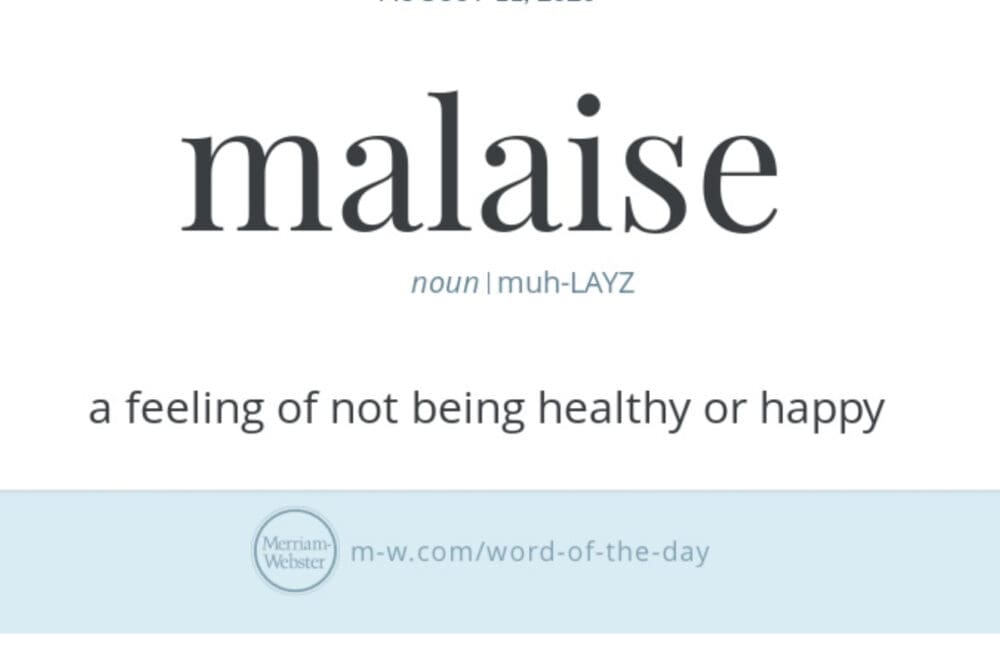Is SaaS Dead? | SaaStr

🌈 Abstract
The article discusses the current state of the SaaS (Software as a Service) industry, highlighting the challenges and concerns faced by SaaS companies. It covers topics such as slowing growth, increased competition, customer dissatisfaction, and the impact of the prolonged downturn in the SaaS market.
🙋 Q&A
[01] The Malaise in the SaaS World
1. What are the key issues and challenges facing the SaaS industry according to the article?
- Growth has slowed across the SaaS industry, with the average public SaaS company now growing less than 20% per year
- Sales have become much harder, and the old playbooks are no longer working as effectively
- There is a perception that employees don't want to work as hard anymore
- There are more competitors than ever, leading to increased competition and turf wars between SaaS companies
- Layoffs have become normalized in the industry
- Customers are angry due to endless price increases and upsells
- Budgets are being cut to fund AI investments
- Renewals are now a battle, with customers often downgrading instead of renewing
- Profitability has become the primary focus, rather than growth
- VCs have pulled back investment in non-AI SaaS companies
- There is a sense that products have fallen out of product-market fit and are now more "nice to have" than "must-have"
- Even healthy customers are scrutinizing their budgets more closely and churning due to the need to cut apps
2. What is the author's view on the source of this malaise in the SaaS industry? The author believes the prolonged nature of the current downturn in the SaaS market, which has lasted around 3 years, is the primary source of the malaise. Previous downturns, such as in 2008-2009, were shorter and felt more like the "end of the world," but the SaaS industry recovered faster. The current downturn, which started around October-November 2021, has been much longer, contributing to the sense of malaise.
3. How has the downturn in SaaS multiples and valuations affected the industry? The author states that the lower revenue multiples have made everything "harder" in the SaaS industry. The prolonged downturn in SaaS multiples, which are now about as low as they've been since 2017, has fueled an excessive boom in AI VC funding, as AI appears to be the part of B2B that is immune to the malaise.
[02] Strategies for Navigating the Challenges
1. What strategies does the author suggest for SaaS companies to address the current challenges? The author suggests the following strategies:
- Focus on driving true efficiency gains for customers, proving the value of your product through tangible results
- Ensure your AI capabilities are at least on par with the competition, as customers are demanding improved efficiency from AI
- Prioritize closing new customers, even if it means offering cheaper or more flexible options, as increasing the customer base is crucial for the future
- Ensure that usage growth is faster than revenue growth, as this indicates the long-term health of the business
2. How does the author view the overall SaaS spending landscape, despite the current challenges? The author notes that SaaS spending has grown over 10% annually for years, and even in 2024+, it is still expected to grow, according to Gartner. The author suggests that the budgets are still there, and if SaaS companies can truly make businesses more efficient than the previous year and at least as well or better than the competition, they can navigate the current challenges.